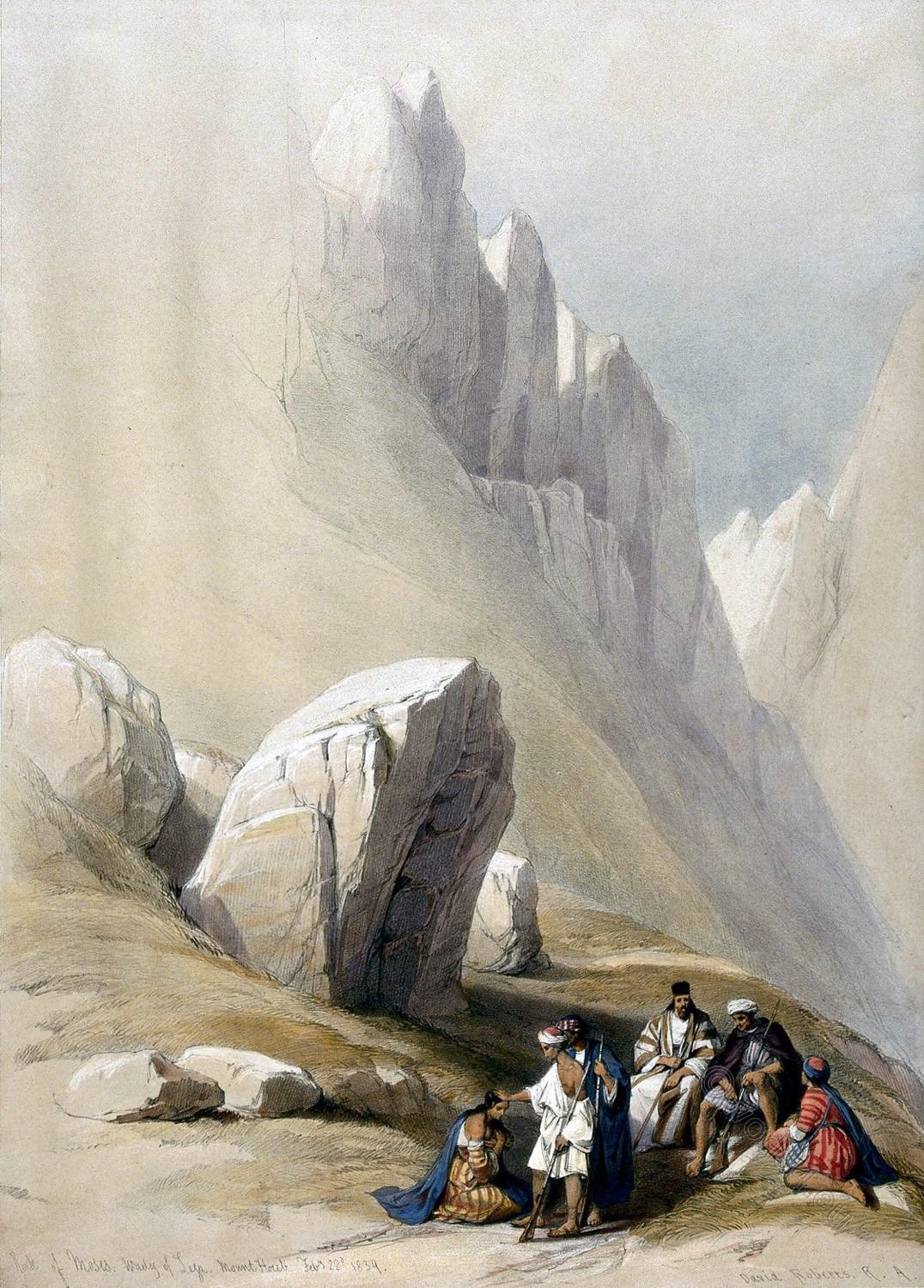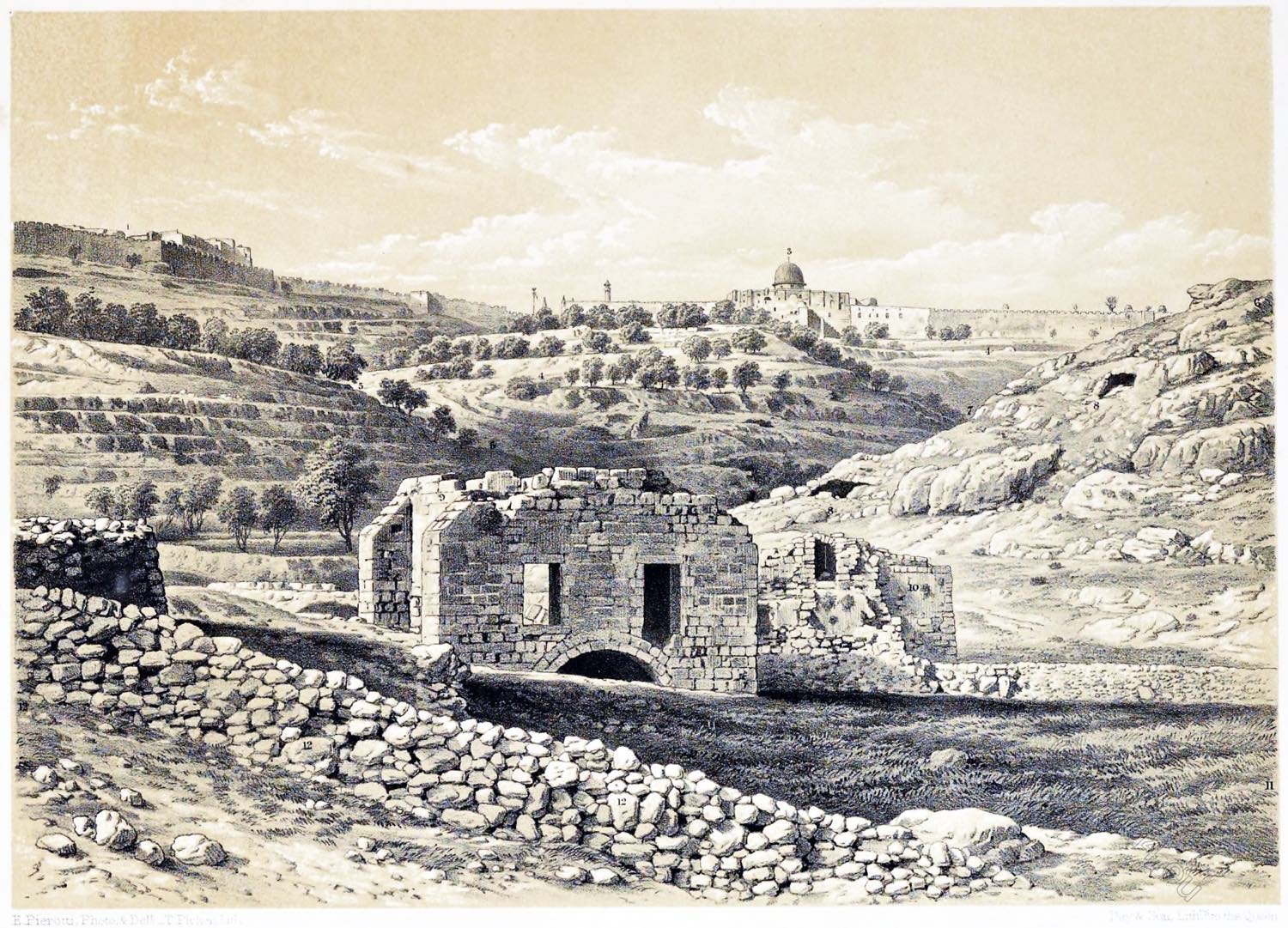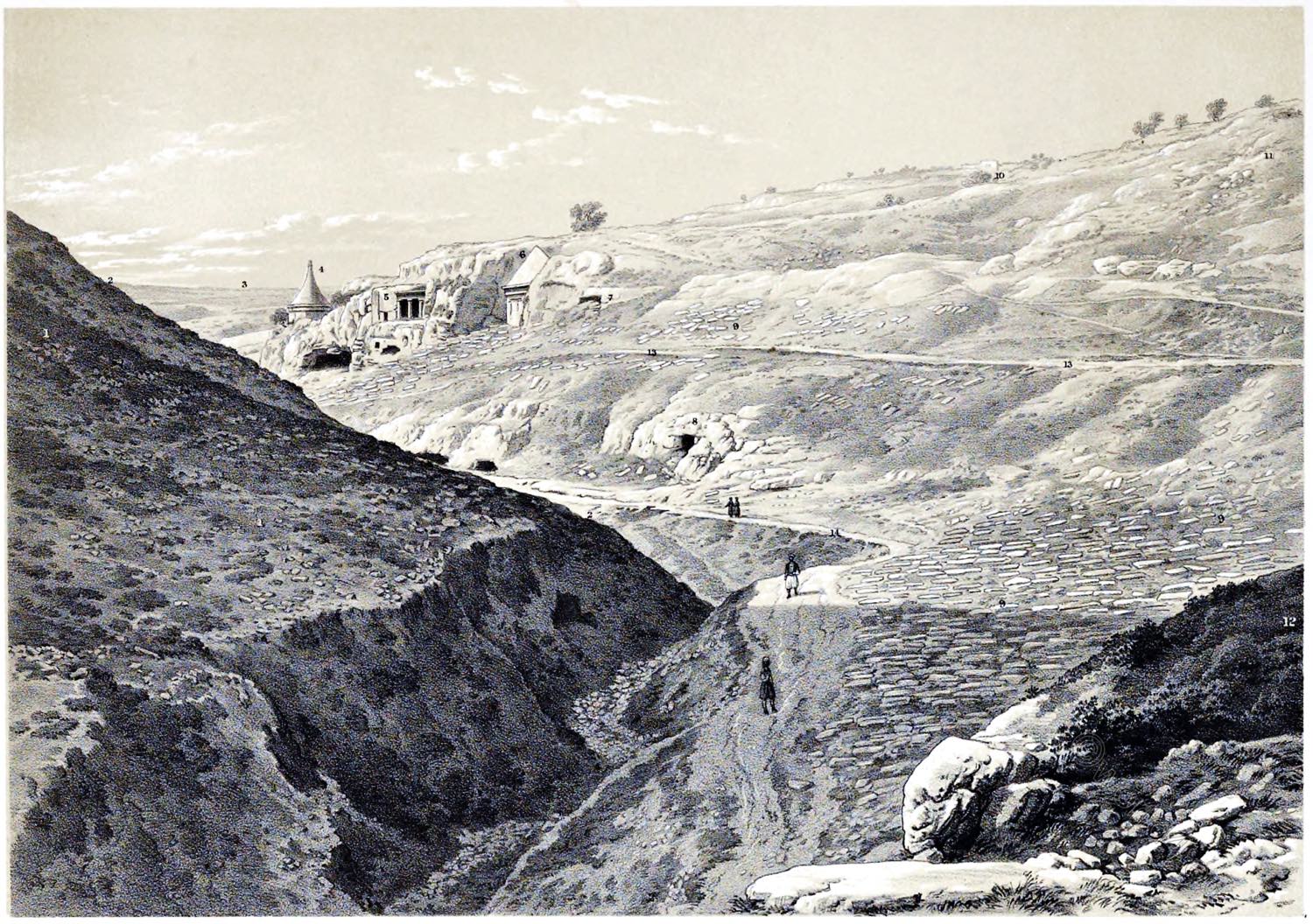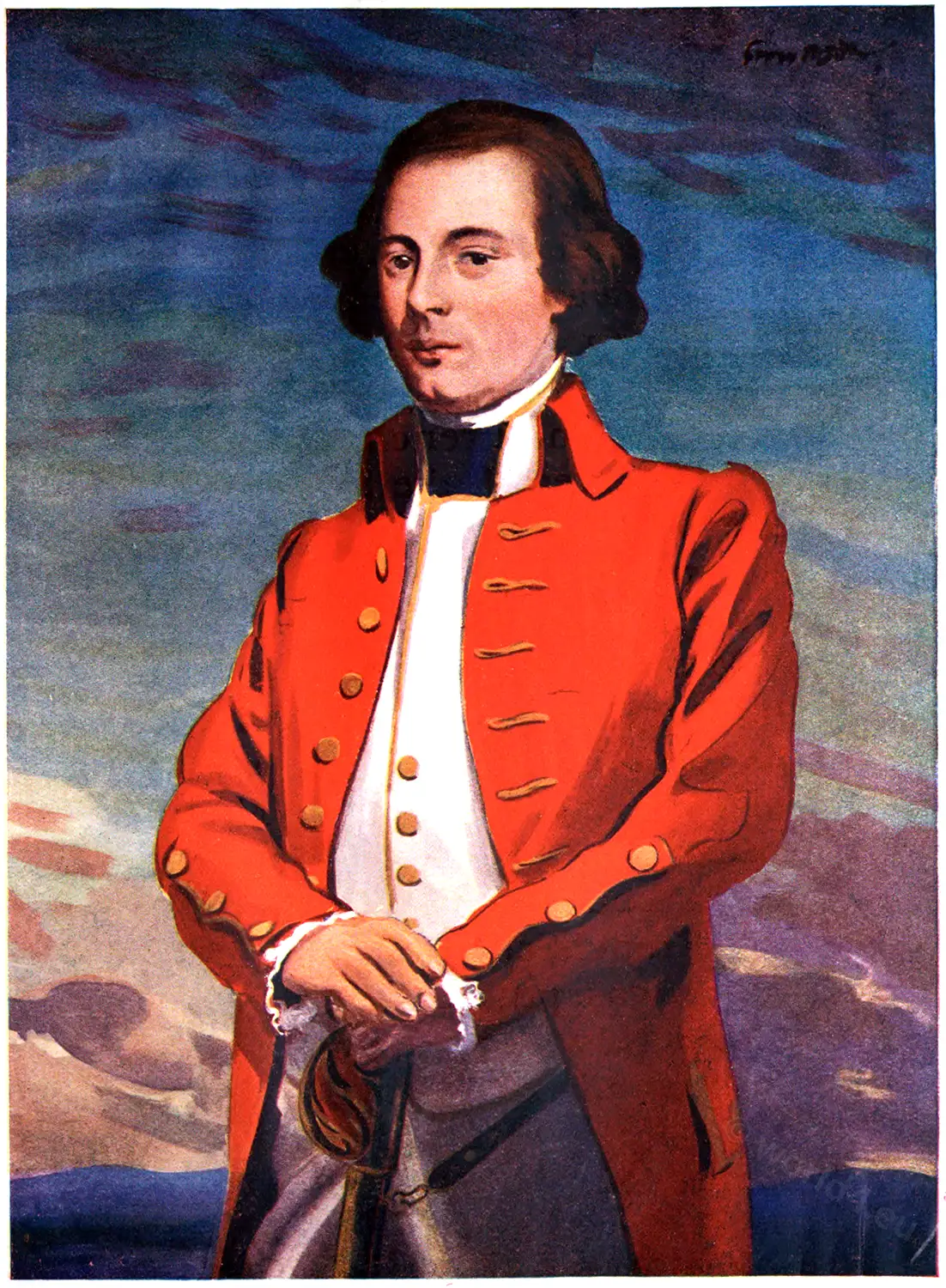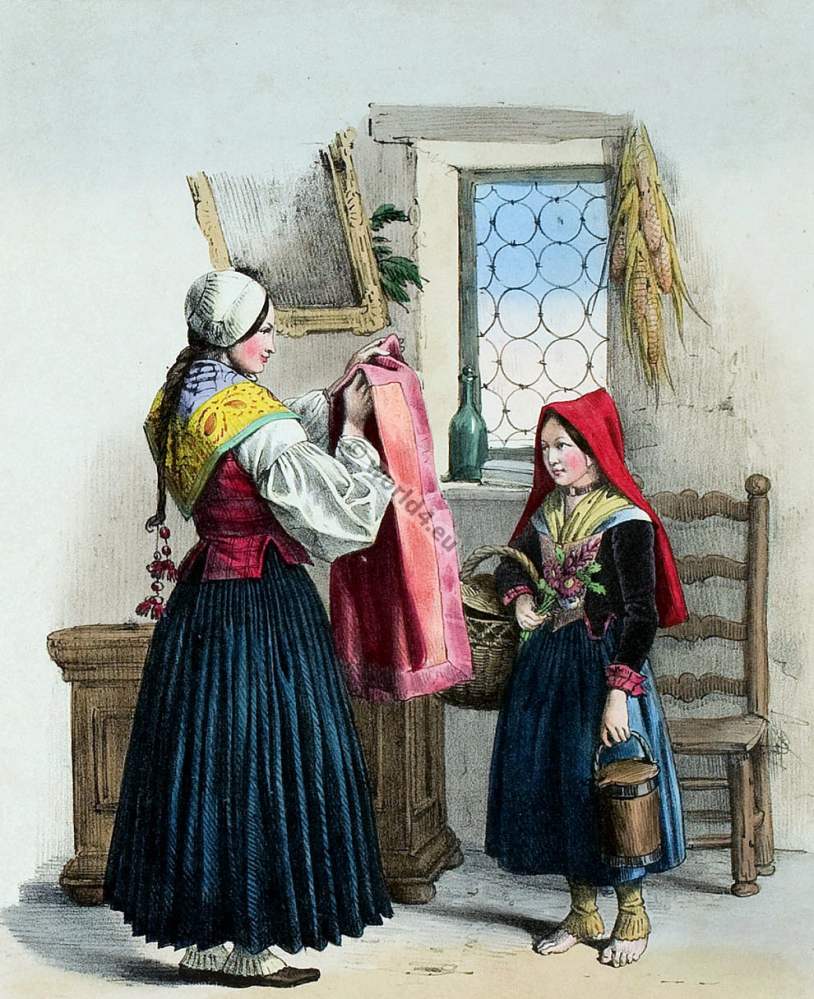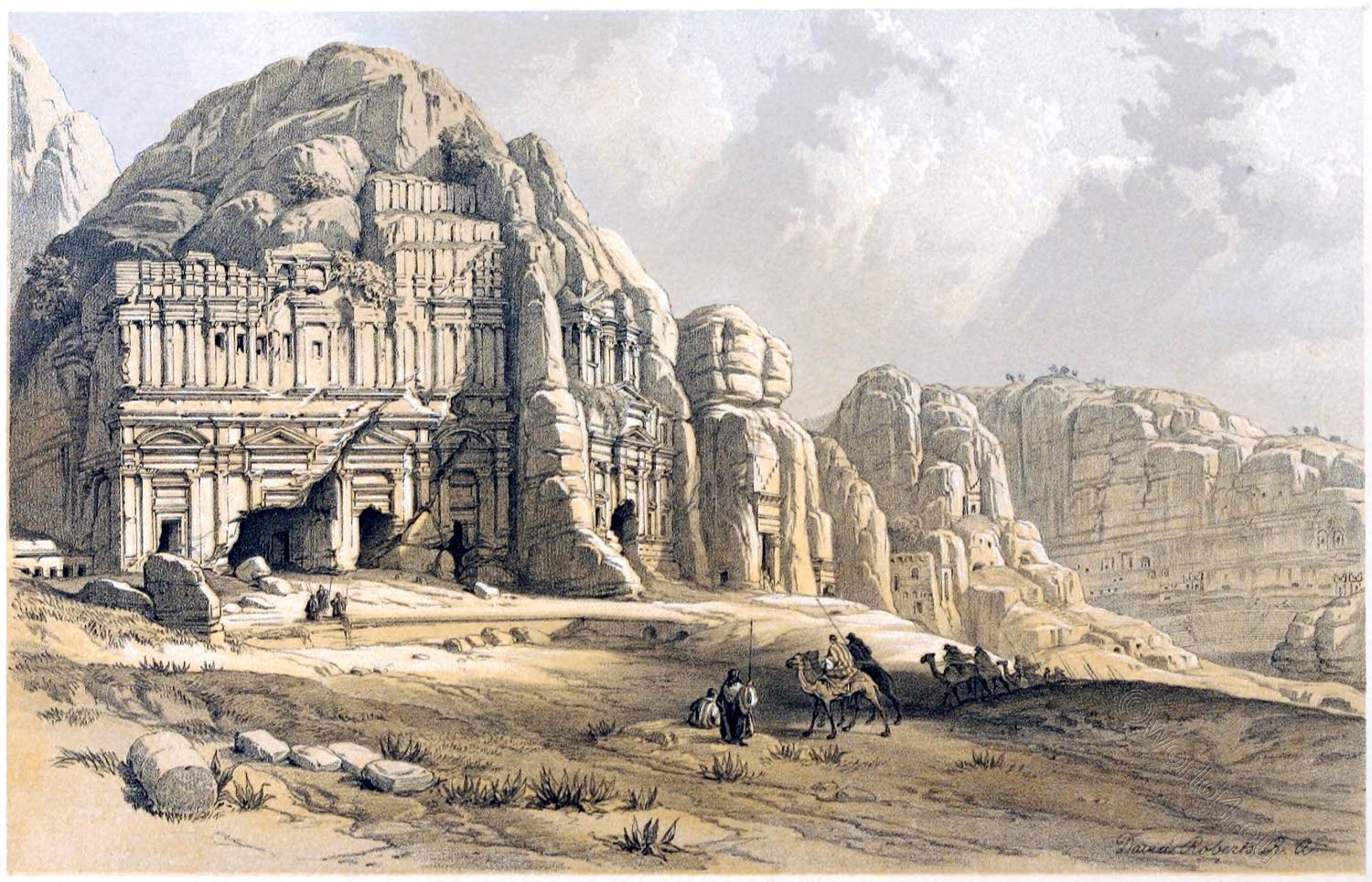TOMB OF ST. JAMES.
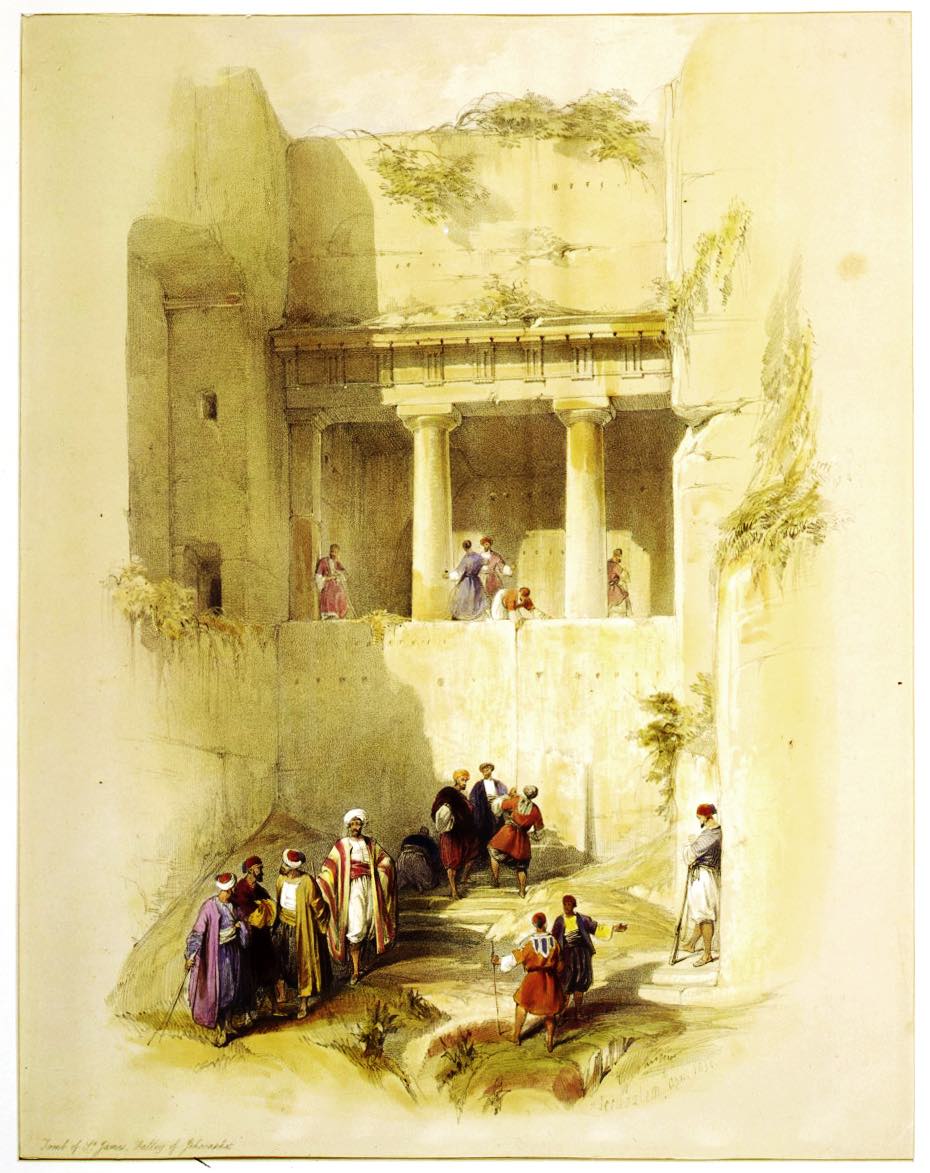
This is one of four sepulchres in the Valley of Jehoshaphat, on the east side of the Kedron. It is an excavated tomb with an ornamental portal. The facade exhibits two Doric columns, fronting the west, and raised about fifteen feet above the ground in the same ledge of rock. The cavern is fifteen feet high by ten broad, and extends back about fifty feet. The monkish opinion is, that into this cavern the Apostle James retired during the interval between the Crucifixion and the Resurrection.
The other tombs are named from Jehoshaphat, Absalom, and Zachariah. There is no authority for those names. The mixture of the Greek style with the massive Egyptian shows, that they belong to a late period of art, and especially of art as adopted in the Oriental provinces of the Roman empire. They may be even of the age of Hadrian. 1)
1) Robinson, Biblical Researches, vol. i. p. 517.
Source: The Holy Land, Syria, Idumea, Arabia, Egypt, & Nubia, by David Roberts, George Croly, William Brockedon. London: Lithographed, printed and published by Day & Son, lithographers to the Queen. Cate Street, Lincoln’s Inn Fields, 1855.
Continuing

